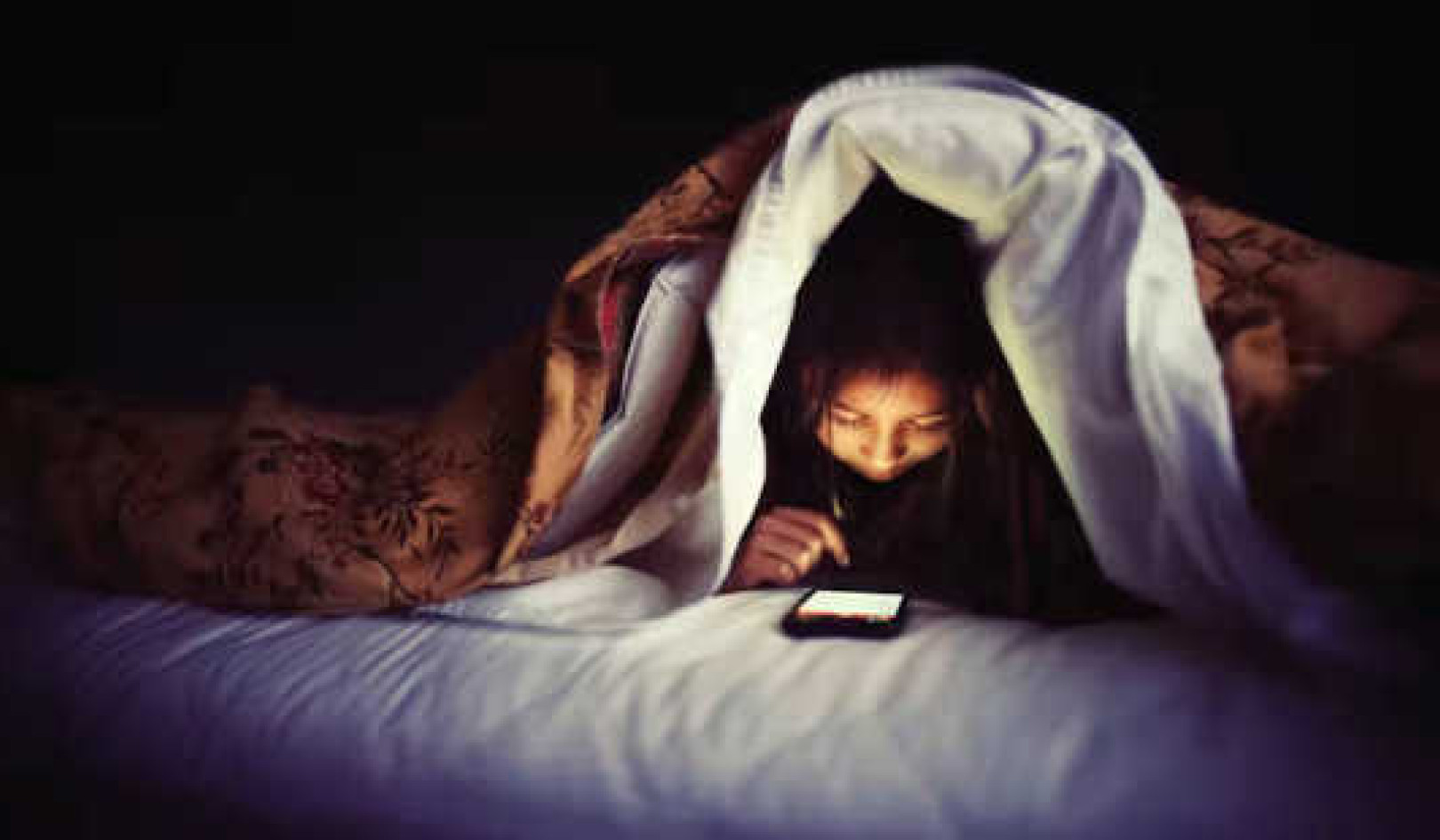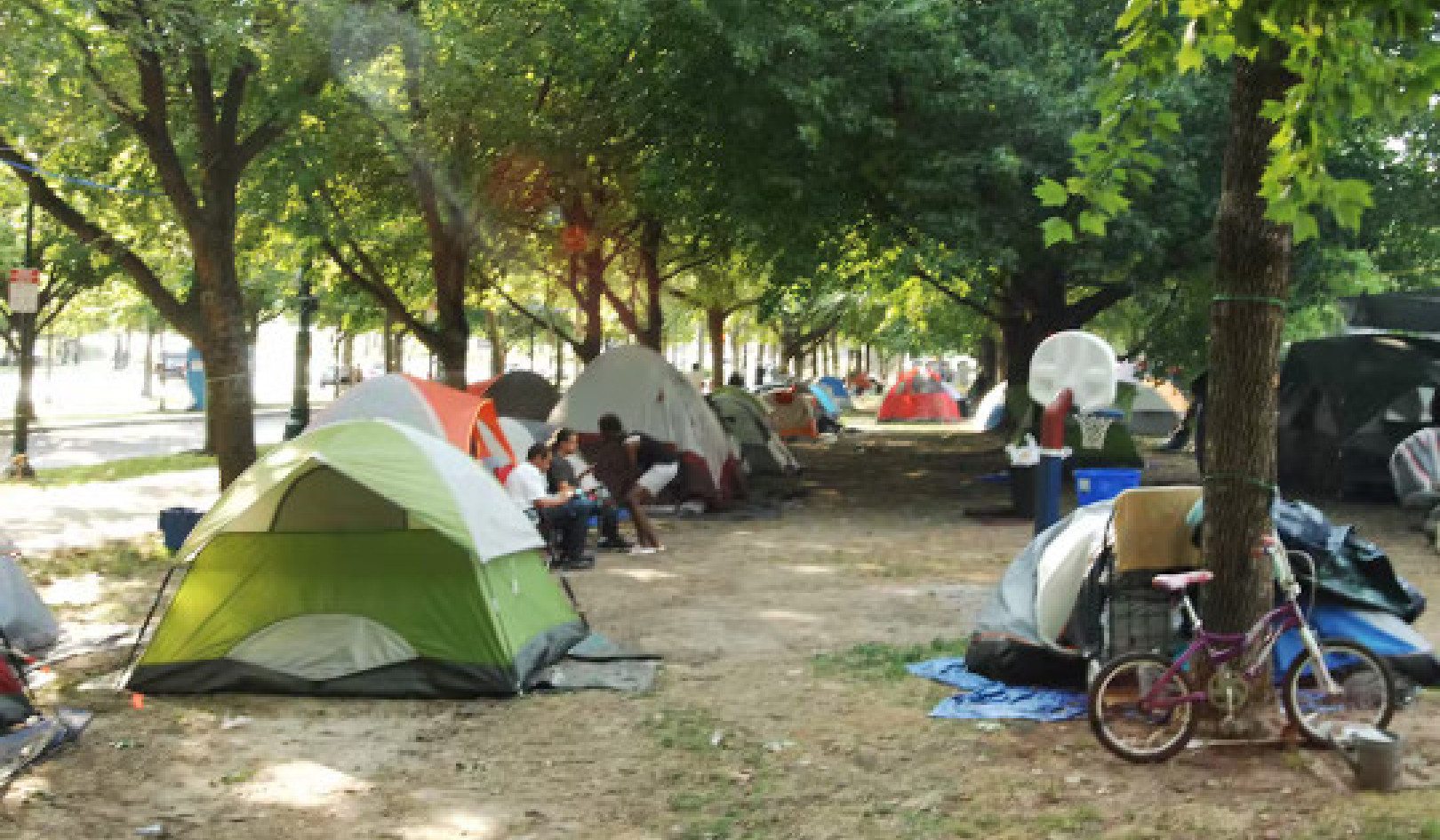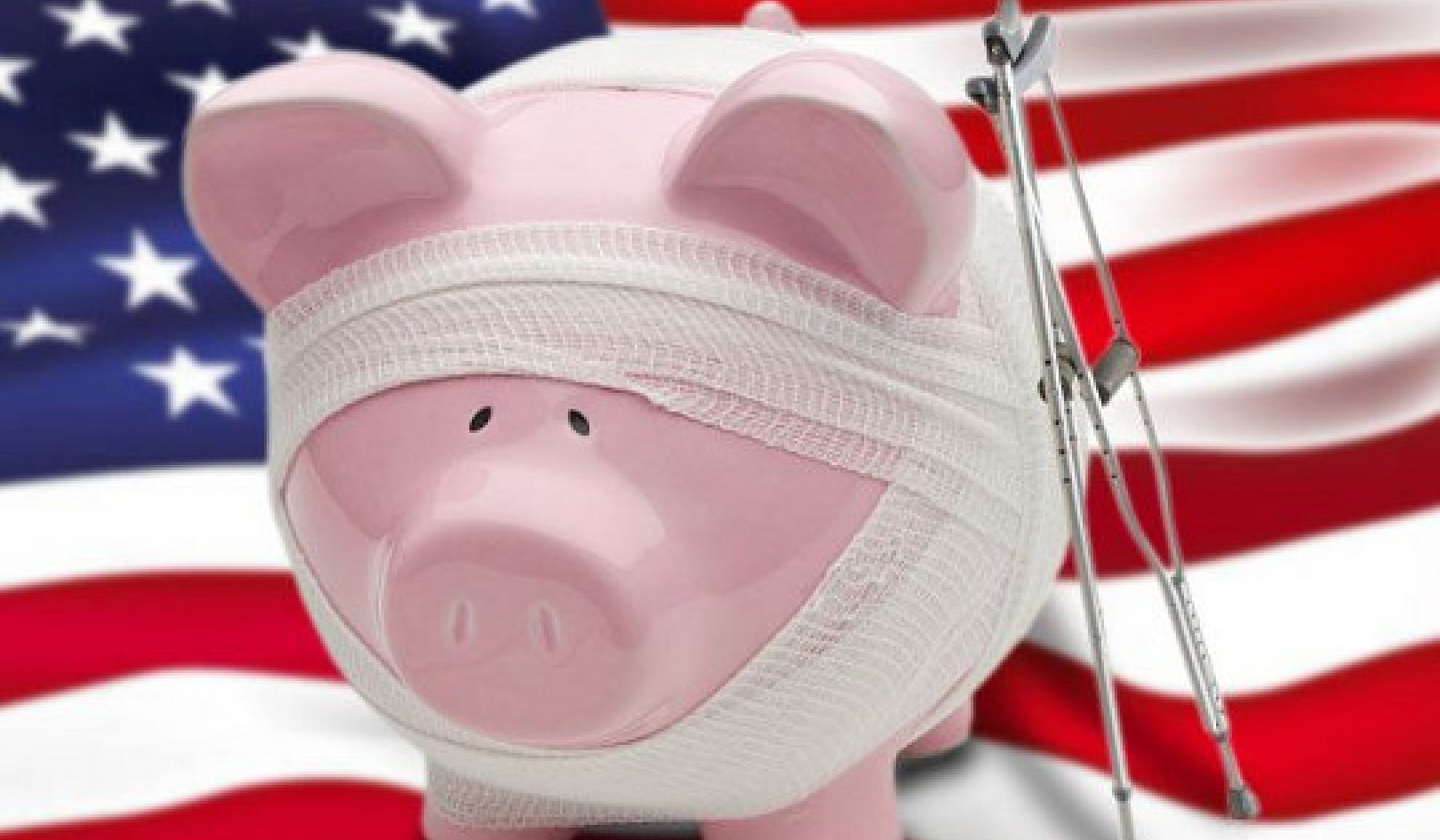
These south side Chicago “explorers” had never seen anything comparable to the legendary Union League Club.
The esoteric artwork, luxurious decor, and dapper club members were a far cry from the neighborhood where the group of African American teenagers grew up. And there was no mistaking the reaction on members’ faces: There goes the neighborhood.
Noah Hackworth, one of the students visiting downtown for the first time that day, recalls thinking, “What are we doing here?”
The answer: Leaving no area of their city unexplored as part of My Hood, My Block, My City.
Leaving the familiar confines of his south Chicago neighborhood actually expanded his view of the world.
Every two weeks for the past two years, the advocacy group has taken underprivileged youth from Chicago’s west and south sides on mini-explorations throughout the city. For Chicago’s often neighborhood-centric youth, this means visiting places that previously seemed out of reach, to be exposed to art, businesses, food, culture, and opportunities which, though only miles away, might as well be on another continent.
Between 40 and 60 percent of residents in Chicago’s south and west sides live below the poverty line, which presents financial and, in some ways, psychological barriers to discovering more affluent areas of the city.
Enter My Hood, My Block, My City, which aims to break teens out of geographic isolation.
“The worlds of a lot of youth here revolve around just a small segment of the city, whether they come from a wealthy or under-resourced area. That holds our community back from its potential,” says Jahmal Cole, who founded My Hood, My Block, My City.
The 32 year-old was astonished that so many of them spoke about never venturing beyond the narrow confines of their neighborhoods.
“All of them spoke highly about their own blocks, and a few said they had seen Sears Tower from their house, but not many had been there before,” recalls Cole.
This made Cole reflect on his own childhood, a good portion of which was spent traveling on Greyhound buses between Texas and Chicago whenever his mother and father would temporarily part ways.
“I really do like their idea that we are all a lot bigger than where we come from.”
He remembered how leaving the familiar confines of his south Chicago neighborhood expanded his view of the world. He was mesmerized by the rest of the country, his fear of a new place overcome by curiosity.
So when Cole considered the limited experience of Chicago teens, he decided to try to enhance it.
Racial segregation still exists in the city, Cole says, and in some neighborhoods, a single race or ethnicity may make up more than 90 percent of the population. The Manhattan Institute for Policy Research named Chicago the most segregated city in America.
Residents tend to identify with their neighborhood first; as Chicagoans second. But there is a message of city unity inherent in the phrase My Block, My Hood, My City. Citizens and business owners who have partnered with the group on its explorations welcome that message.
“There’s no reason this can’t be in every school in this city. If you had youth from all over Chicago involved in it, going to each other’s neighborhoods, it would instantly create a safe feeling for them,” says Brandon Hellwig, a 25-year-old teacher who began volunteering with the group after inquiring about a My Hood, My Block, My City hoody he saw hanging in his local barber shop.
Rich Troche, part-owner of “Everybody’s Coffee” in the Uptown neighborhood, partnered with My Hood, My Block, My City in a January rally for the homeless.
“I really do like their idea that we are all a lot bigger than where we come from,” says Troche.
The Texas transplant has hosted My Hood, My Block, My City explorers, as youth involved in the tours are called, at his shop. He says a big appeal of the group was that, like the name of his business, the moniker emphasized a unified Chicago.
Hackworth, one of the two original explorers delivers a living testimony to My Block, My Hood, My City’s impact.
“The whole purpose of the movement is to expose kids from the inner city to places they haven’t been before. I’m blessed to be a part of it,” Hackworth says.
Traveling to new worlds does not always involve leaving home.
Hackworth, who met Cole after he spoke at Hackworth’s school, credits the movement with not only taking him to places in the city once foreign to him, but also connecting him with people he never would have met: architects, professors from the University of Chicago, and marketing executives.
The exploration, he says, helped influence his decision to become a marketing major in college. Now a freshman at Prairie View A & M University, Hackworth said the forays out of his Southshore neighborhood allowed him to choose a college in Texas, instead of nearby Robert Morris University.
“I wasn’t afraid to leave home anymore. I’m a living testament to Jahmal’s movement. I escaped negative activity and now I’m at a four-year university, about to graduate in three years and start my own biz,” says the college freshman.
Cole and company would like to extend the idea of My Block, My Hood, My City beyond Chicago.
“There’s no reason we can’t have an All-Star Chicago delegation that visits New York, or a Seattle delegation that visits Crenshaw [California] or vice versa,” says Hellwig.
But My Hood, My Block, My City will always have its roots in the city of Chicago.
As Cole frequently reminds his explorers, traveling to new worlds does not always involve leaving home.
About The Author
Marcus Harrison Green wrote this article for YES! Magazine. Marcus is a YES! Reporting Fellow. He is the founder of the South Seattle Emerald. Follow him on Twitter @mhgreen3000.
This article originally appeared on YES! Magazine
Related Book:
at

Thanks for visiting InnerSelf.com, where there are 20,000+ life-altering articles promoting "New Attitudes and New Possibilities." All articles are translated into 30+ languages. Subscribe to InnerSelf Magazine, published weekly, and Marie T Russell's Daily Inspiration. InnerSelf Magazine has been published since 1985.

Thanks for visiting InnerSelf.com, where there are 20,000+ life-altering articles promoting "New Attitudes and New Possibilities." All articles are translated into 30+ languages. Subscribe to InnerSelf Magazine, published weekly, and Marie T Russell's Daily Inspiration. InnerSelf Magazine has been published since 1985.



























